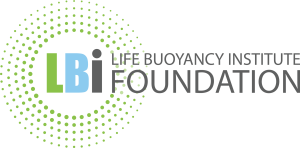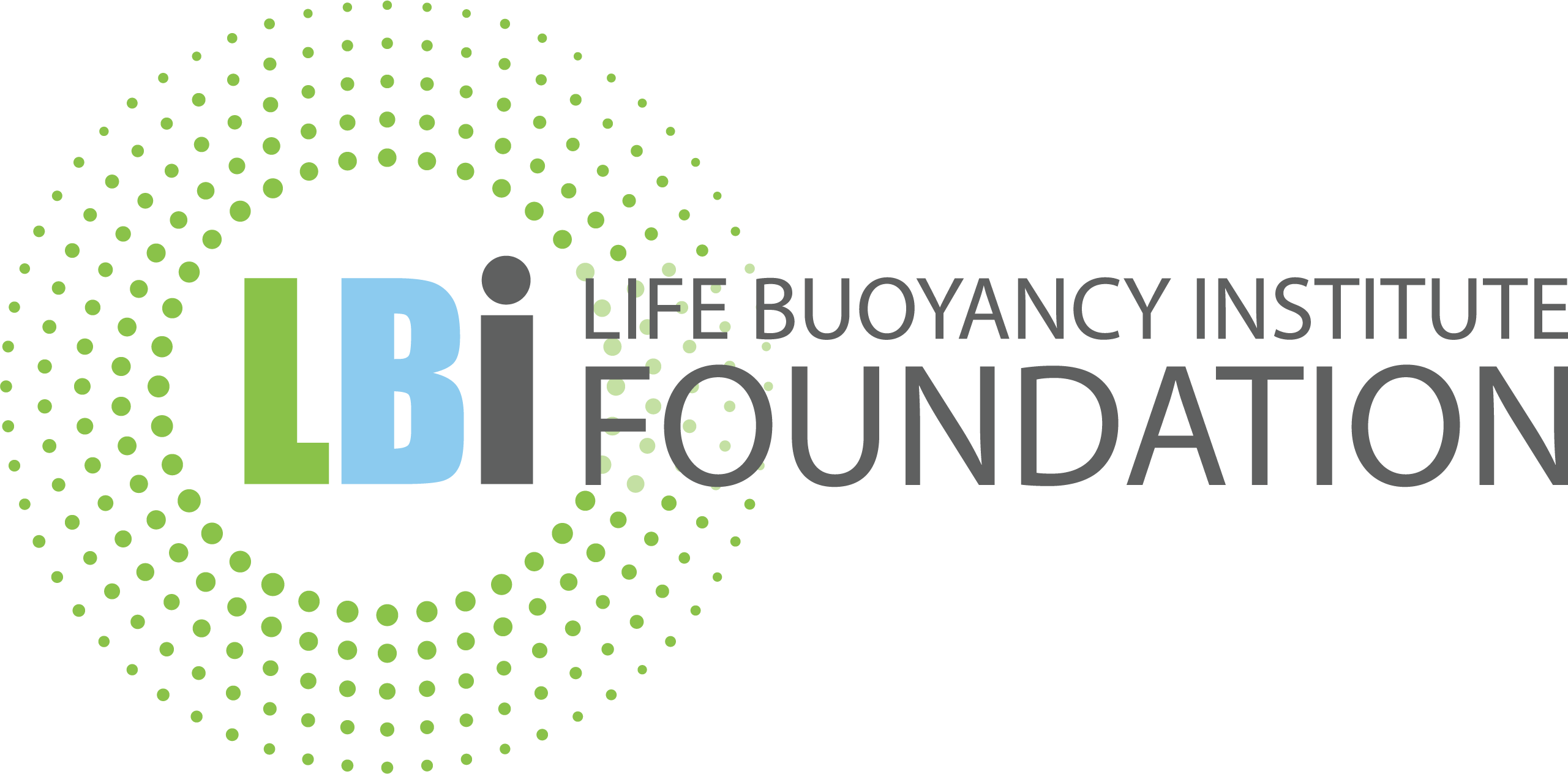Introducing the Chapter
A Programme Logic Framework Designed to Strengthen the Impact and Fidelity of Wellbeing and Behavioural Interventions.
Dr Ivan Raymond, LBI Foundation
This book chapter introduces logical modelling, founded upon intentional practice and the Life Buoyancy Model, as a set of methods to design and implement contextualised social-emotional learning, wellbeing and behavioural interventions across educational settings.
The chapter:
- Describes the rationale for developing contextualised social-emotional learning and behavioural interventions.
- Provides an overview of the Life Buoyancy Logic Model.
- Describes the process and steps in developing a contextualised program or response.
- Provides a populated case example.
Reference:
Raymond, I. J. (2018). A programme logic framework designed to strengthen the impact and fidelity of wellbeing and behavioural interventions. In P. Slee, G. Skrzypiec & C. Cefai (Eds.), Child and adolescent well-being and violence prevention in schools. (pp. 199-208). London: Routledge.
For further information, please click here.

Key Messages
Significance of the Chapter
- It is first published model of the Life Buoyancy Model as a practical model and set of methods to operationalise intentional practice, and to support educators translate and personalise the science of wellbeing, trauma and growth into action.
- It highlights the role and importance of developing contextualised social-emotional learning, behavioural and wellbeing programs across educational settings.
- It offers a practical set of methods for educators to intentionally design and implement programs and responses that are matched to the needs and context of individual and collective students.
- It introduces the key role of “program integrity” and “fidelity” as a program design and implementation feature of school-based programs and interventions.
Further Information
For further information on this book chapter, please contact Dr Ivan Raymond on ivan.raymond@lbi.org.au







